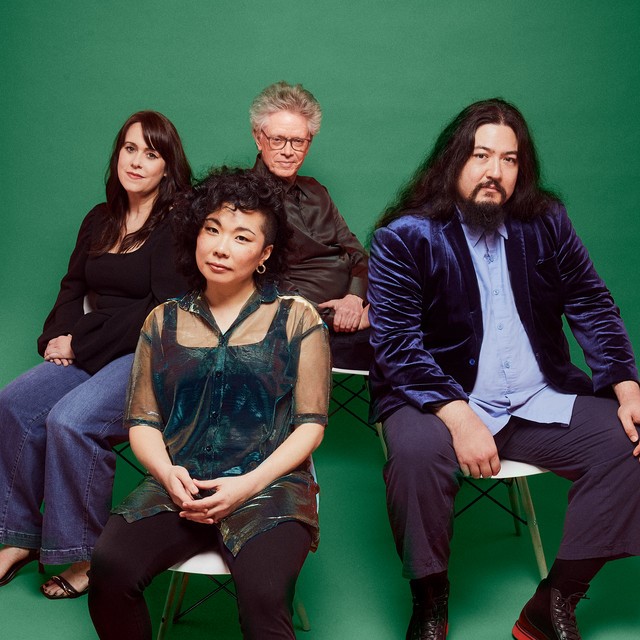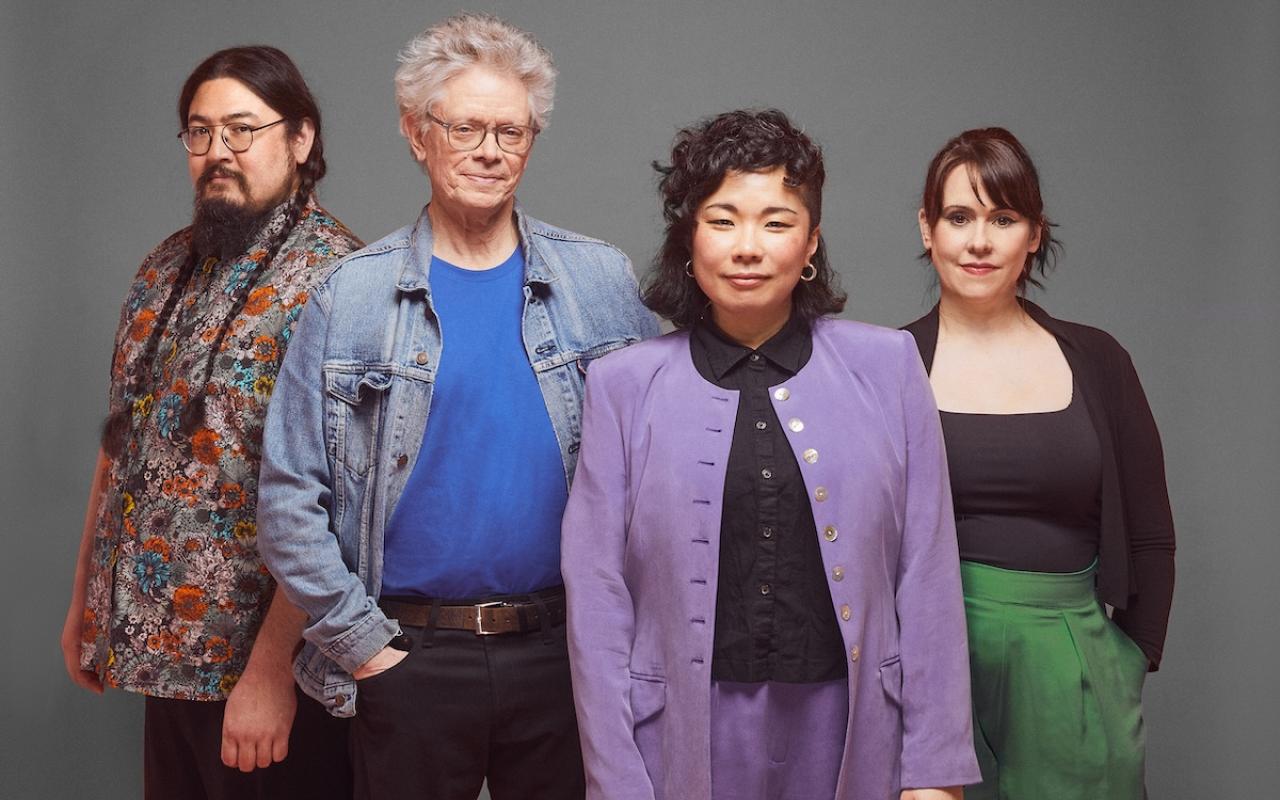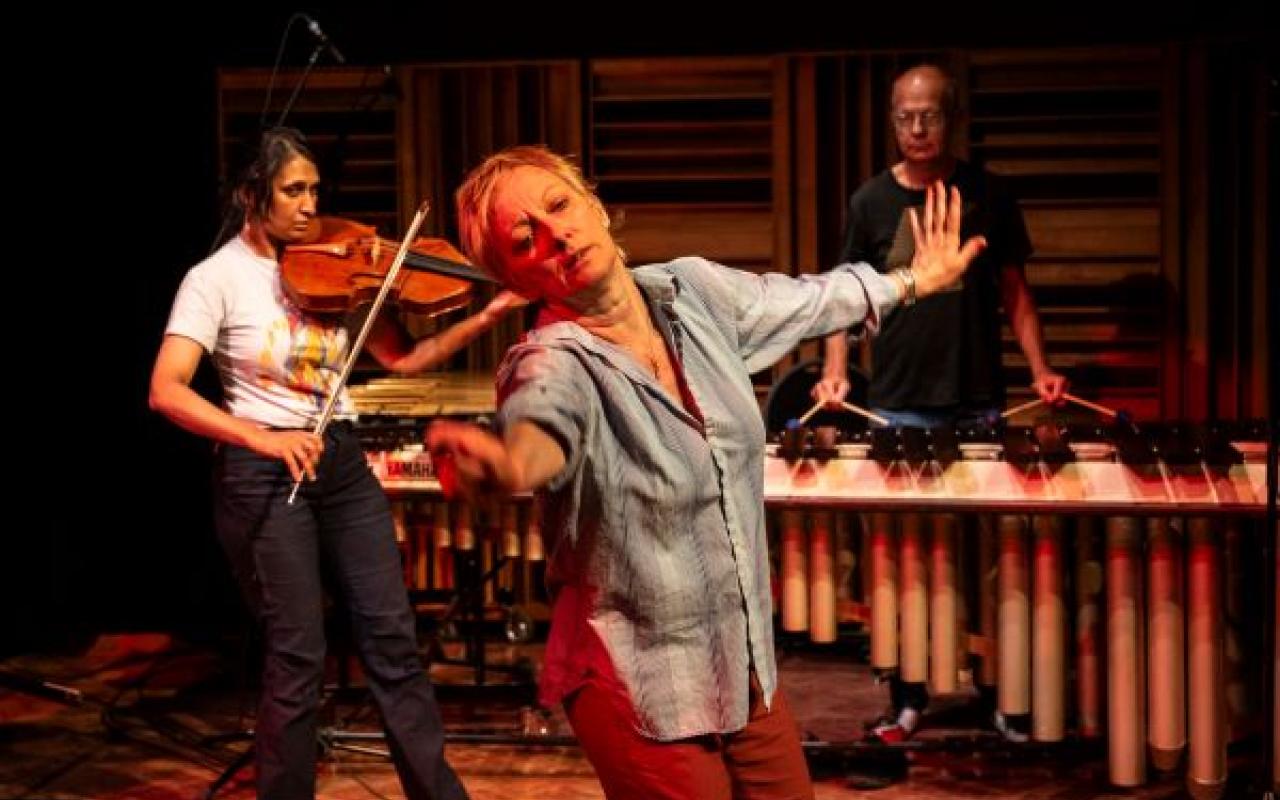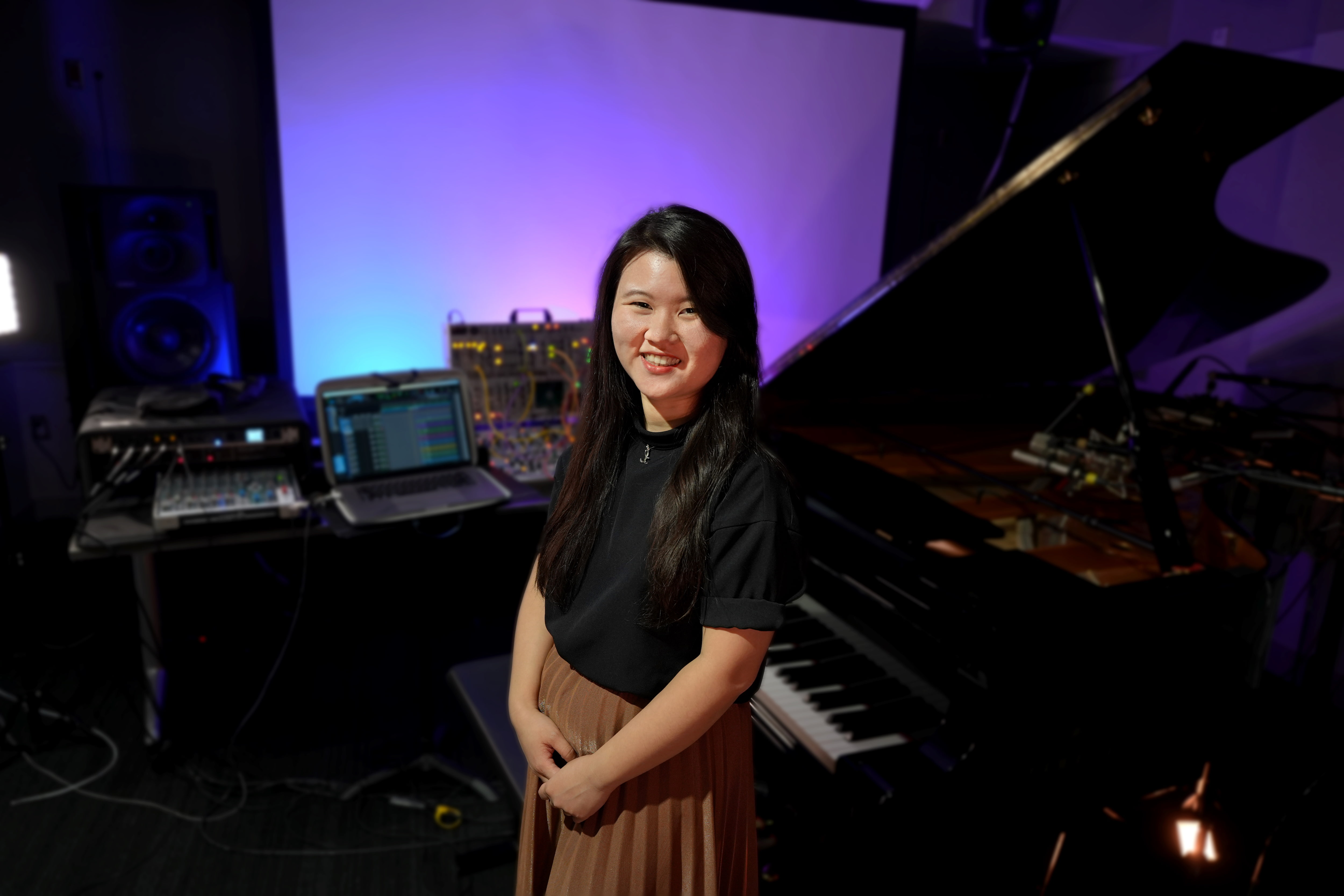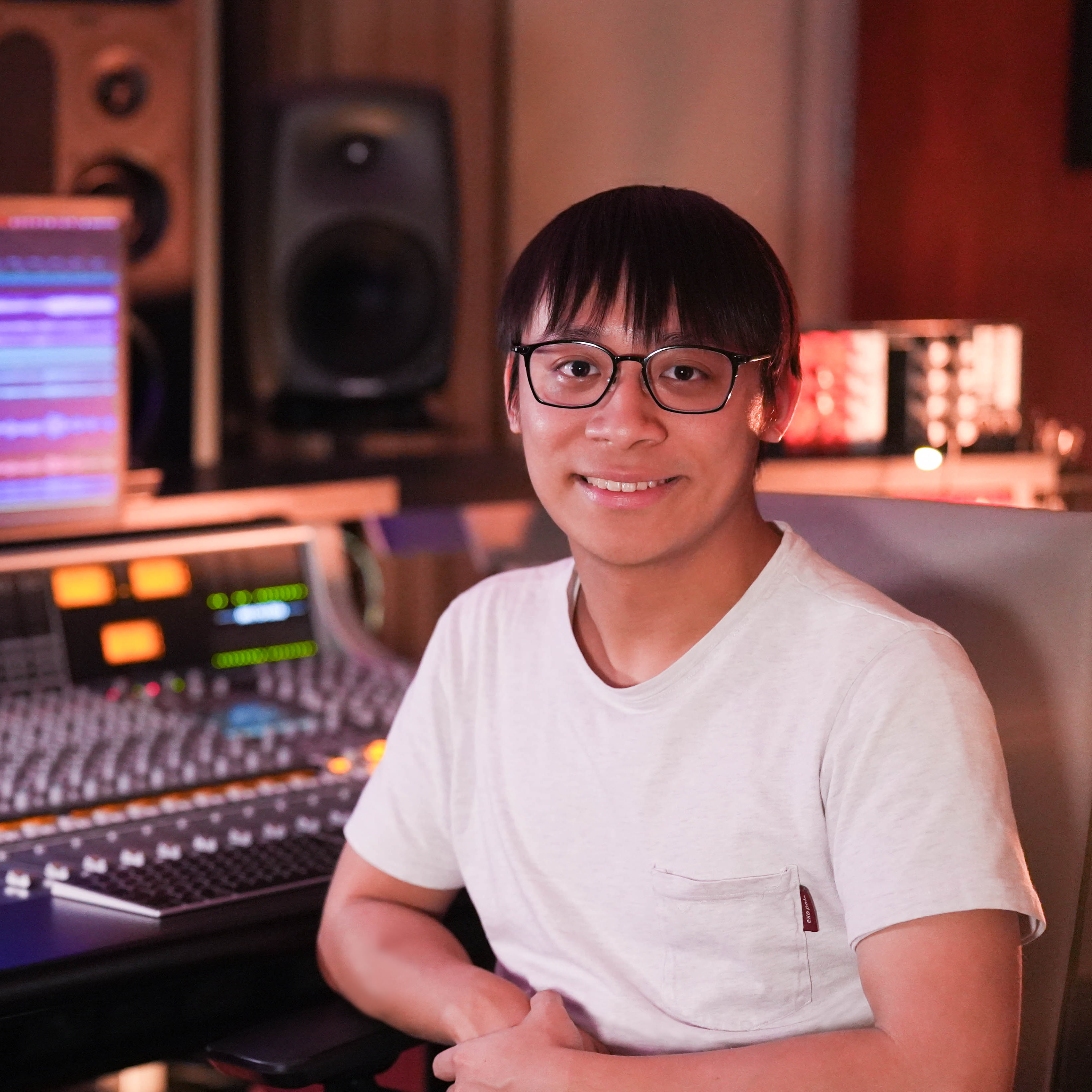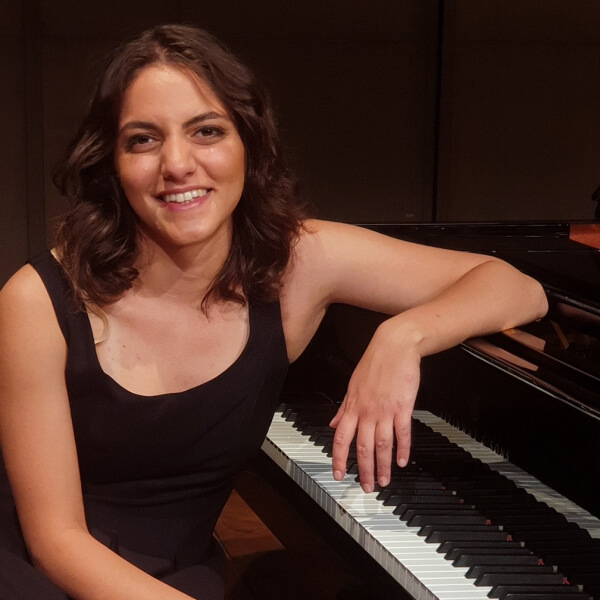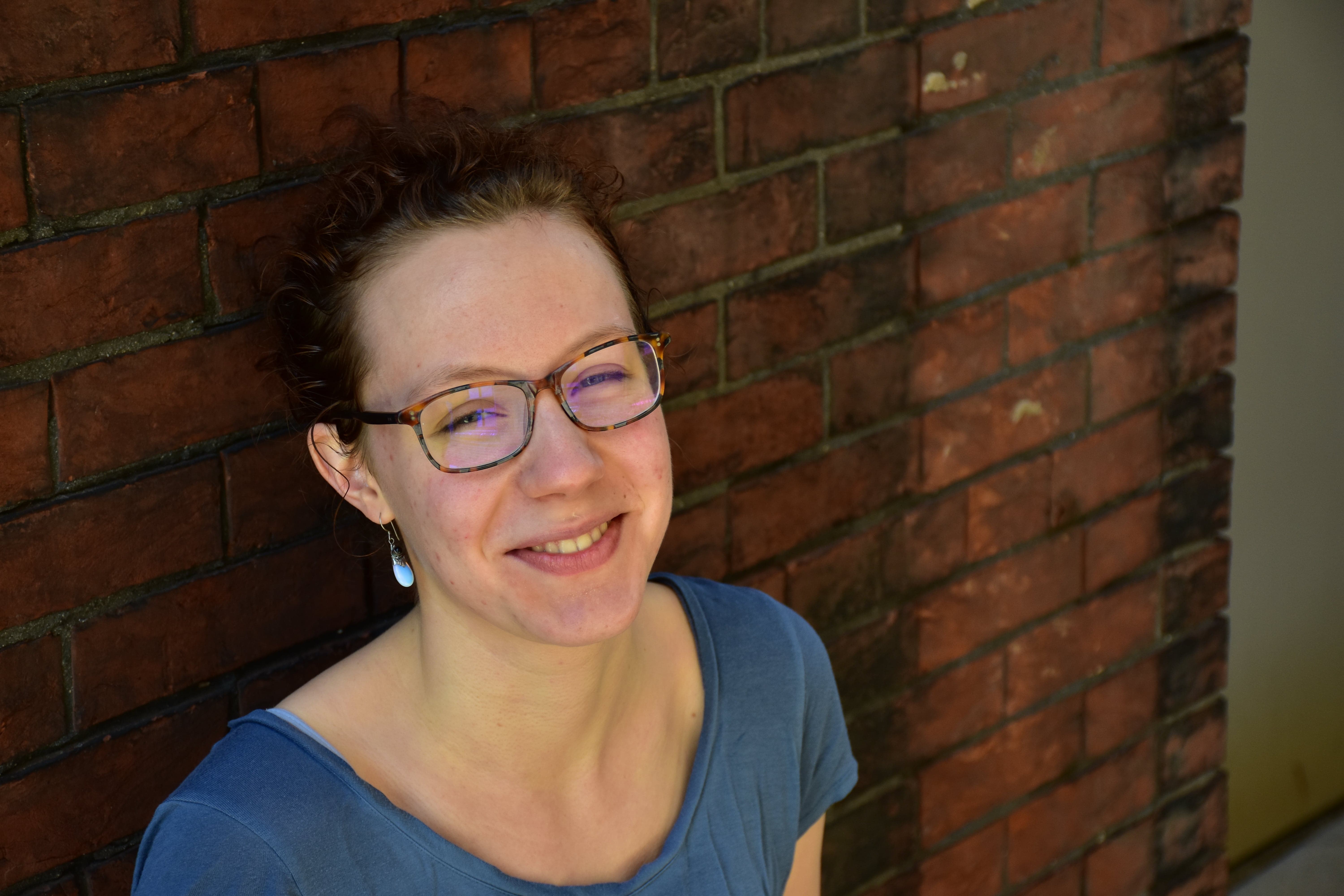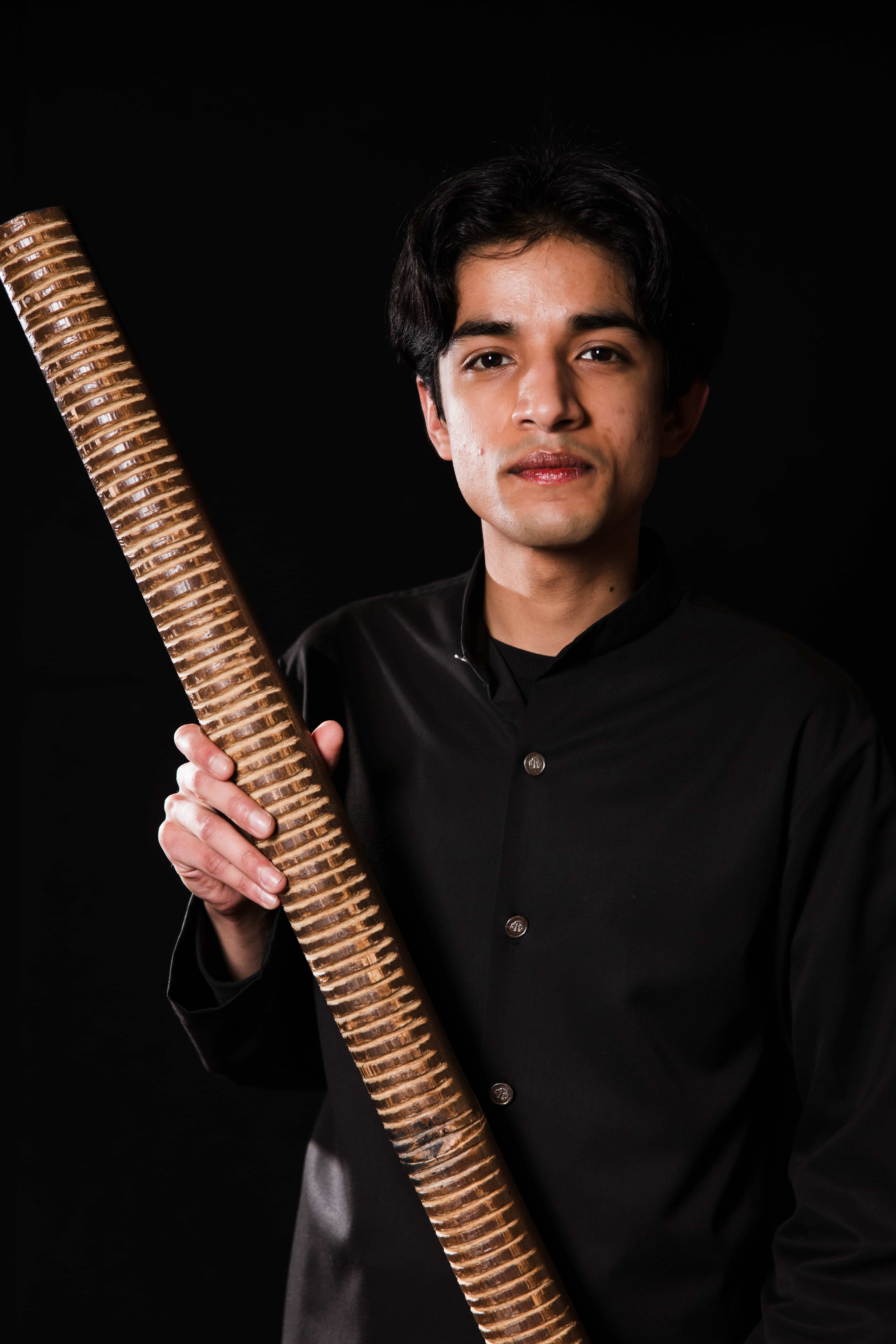I Agar Haineault,
Was born in Saskatoon, SK and raised in Clearwater River and La Loche, SK. This is where I spent the first 15 years of my life. Growing up post-colonization of our Dene Culture, the language was still strongly prevalent in the community. Despite such strong retention of our cultural values, we lacked the ceremony and teaching to heal spiritually and inherit our history thus creating a community consumed by crime, addiction and poverty.
Despite all that surrounded me, I focused on school for most of my up-bringing. I often credit my mother for this, due to her being the only parent present at home. Despite having a strong role model such as my mother, I was still surrounded by the madness of my community. Often as a young child witnessing violence in the community from criminals and police, family members addictions, funerals of close relatives, as well as participating in the destruction of my community as a young teen.
At 15 years old, I decided to leave my community to pursue schooling in the city of Saskatoon. The culture shock was immense, taking me by surprise at the abundance of resources available to the students and citizens in the city. Having come from such poverty and crime-ridden circumstances, simply pouring myself a cup of clean water from the faucet baffled me. It was in the 11th Grade English Class, I discovered poetry. This was the start of a journey that would save my life. I began my first poem from a prompt that advised me to write about where I’m from. I was given lessons on writing with sensory details and structuring a poem. After spending 2 days on the piece, I handed it in and got a 95% on the assignment. It felt like the only thing I was truly skilled at, so I pursued it further through creative writing classes and college classes when I graduated. I observed and learned from poets I came in contact with, developing my style further and further until I began to play with the idea of pursuing music. I had always written my poetry pieces to instrumentals, to give them a sense of rhythm and structure.
It was October of 2021 I purchased a microphone and began to play around with recording programs on a old laptop of my close friend’s. Eventually after days of reading and researching how, I recorded my very first song “Dead Ends”. The process probably took 200 vocal takes to record and get right due to my lack of knowledge on my recording software. But finally I had finished it and had to come up with an artist name for myself.
I spent weeks and finally came up with K.$TONE, a backwards euphemism for Stonechild; as in Neil Stonechild, a teenager killed by police in the Saskatoon Starlight tours. The K standing for the initial of who will be my first child, and the $TONE parallel with Stone(child). Although the $ sign was intentional, meaning as big of a symbolic martyr as Neil Stonechild was, I am still human, I still fall short to the vices and temptation of human greed and consequence. The dollar sign representing my biggest shortcoming which was money. Having been around poverty my whole life, my view on money became distorted, putting it on a pedestal compared to other aspects of my life including family, love and connection.
Through every facet of the name K.$TONE, I chose the name as a symbol that it could have been any one of us, including myself. In the case that it is me, I also intended the name as a legacy for anyone who doesn’t know the story of Neil Stonechild. To say the name “K.$TONE” and inquire on the origin, then realize the deeper meaning behind the choice. To hold the name as a symbol of not only justice but Honesty, one of my biggest virtues. Although my music may not always consist of conscience social issues, it will always contain honest expression.
It was along the journey of finally releasing music and meeting like-minded artists, that I found it to be my true calling. It was only after dropping songs so dear to my heart and keeping my expression true, did I realize my impact on my community. I visited La Loche and Clearwater and was met with both positive and negative feedback. My younger relatives and relatives of my close friends celebrated my art and expression. I spoke with them and guided them in parts of their life they were struggling. Having been in the same circumstances, they felt inspired that I had come so far from the place they had been in, and witnessing first hand they can do the same. The negative feedback consisted of jealous comments and mocking my art, but I paid no mind. Having felt I made a difference to even 1 of my peers and relatives was all I needed to keep striving. Knowing they felt understood gave me the standard at which I hold myself today. Being honest and to aim at achieving the absolute best, I can to be an example and a source of pride for my family.
Since the release of my first song “Dead Ends” on December 17th 2021, I have opened up for big name artists such as Tony Yayo, Madchild, BBNO$ & Swae Lee, as well as performed at countless poetry events, festivals, open mics and various showcases. I have also co-founded my record label “Siren City Entertainment” with Nicholas Old Shoes AKA Donny Sage, my close friend and frequent collaborator in music. I have also composed a small EP under the name “FALLING SKY”, with my producer Alchemy the Linguist.
Agar Haineault is generously supported by the Alice and Betty Schultz Scholarships Endowment Fund for Dance and Music, and Banff Centre Artists' Awards.
